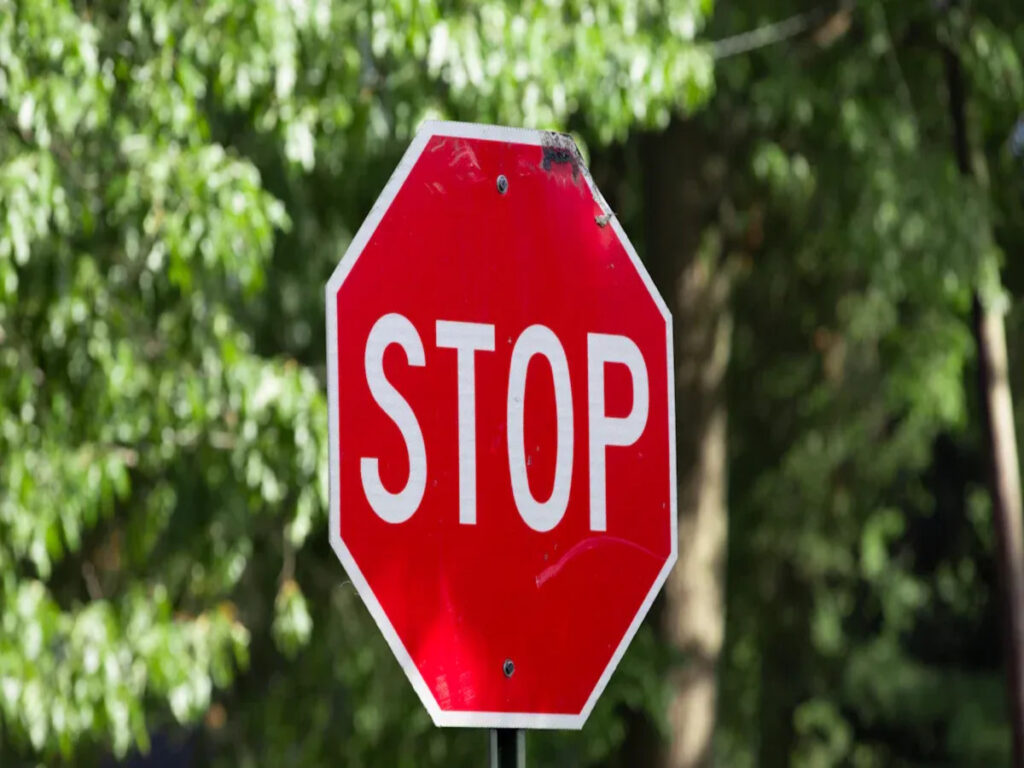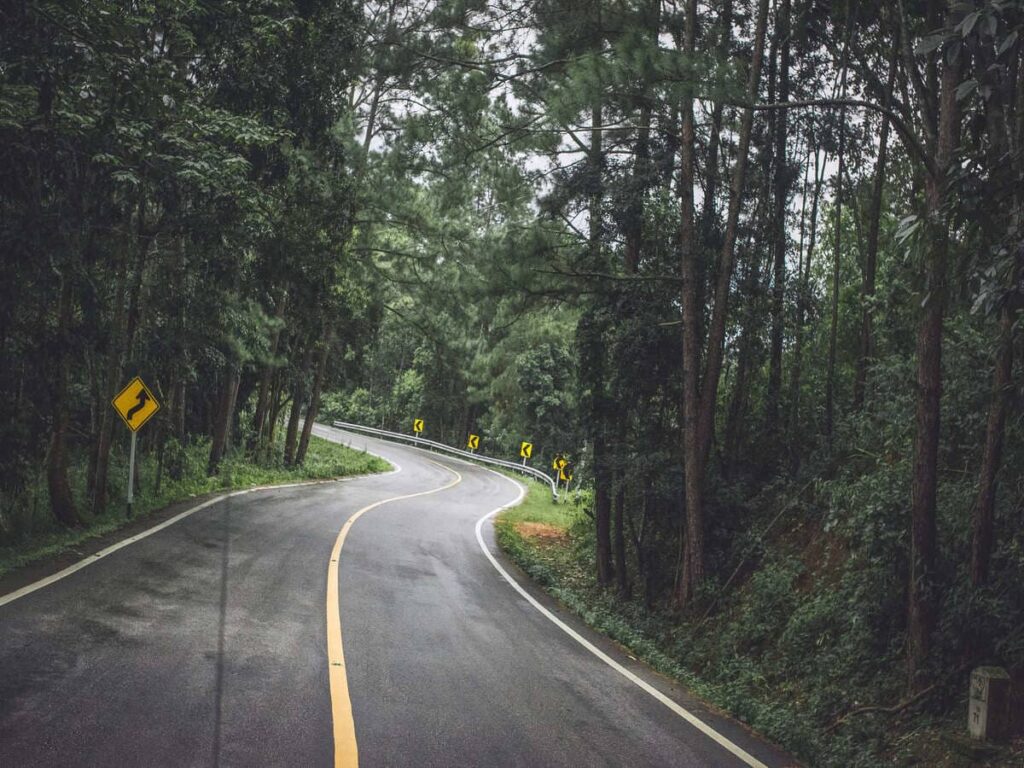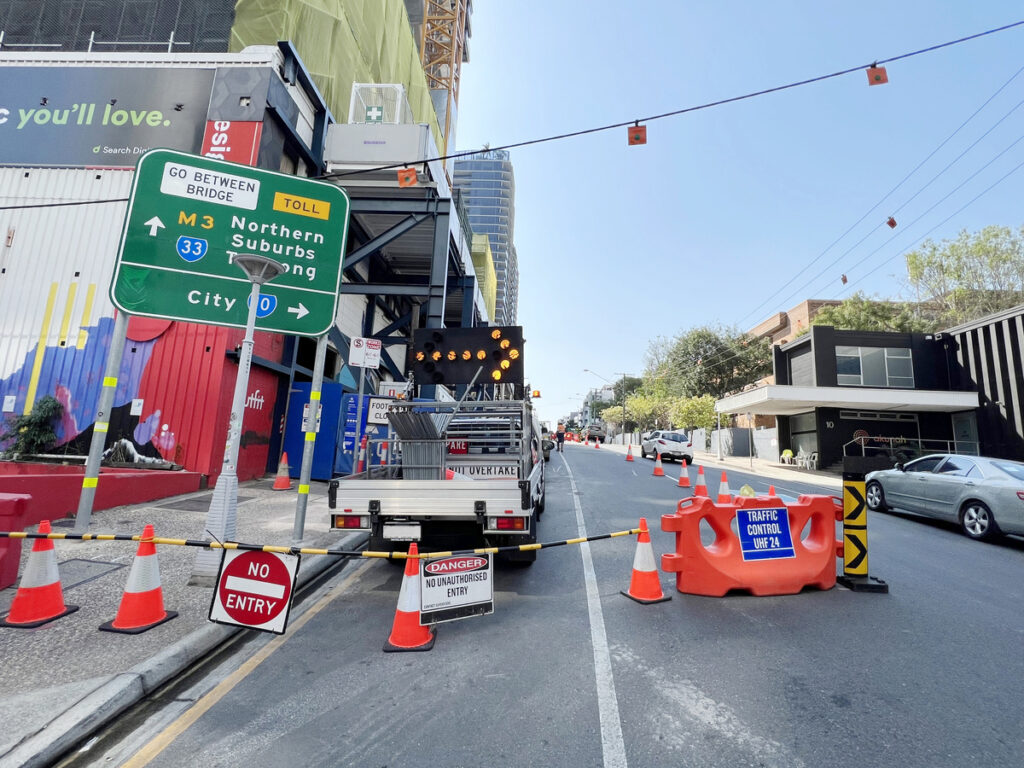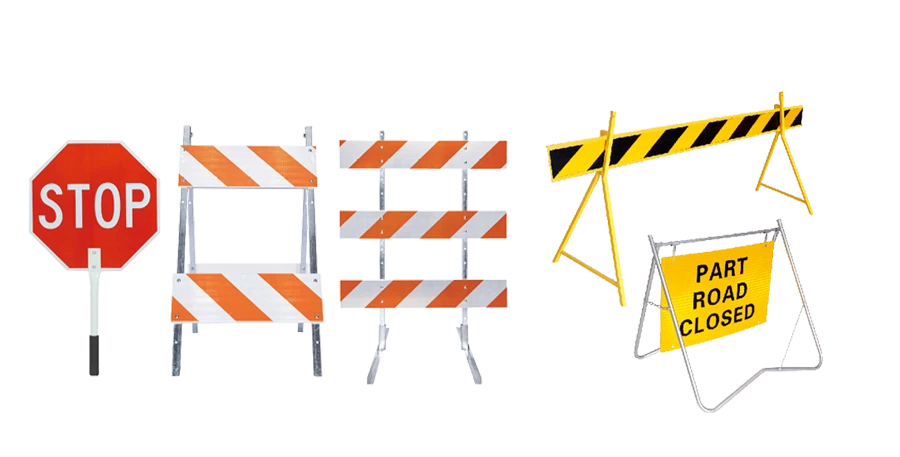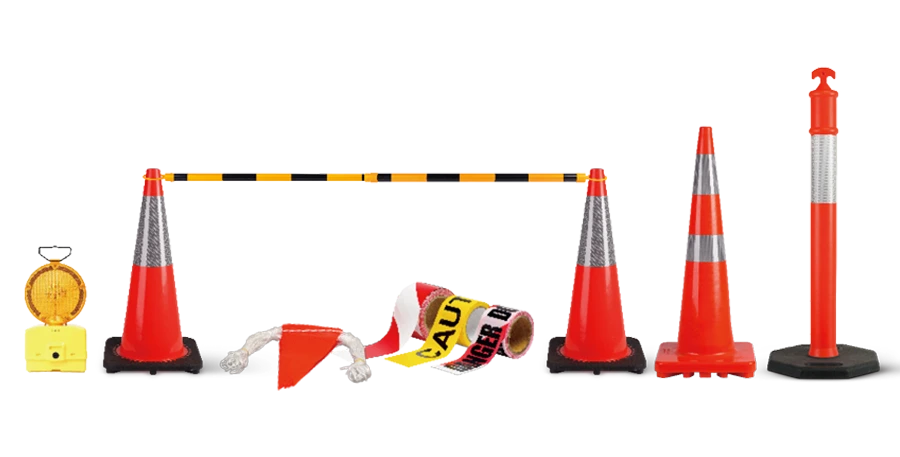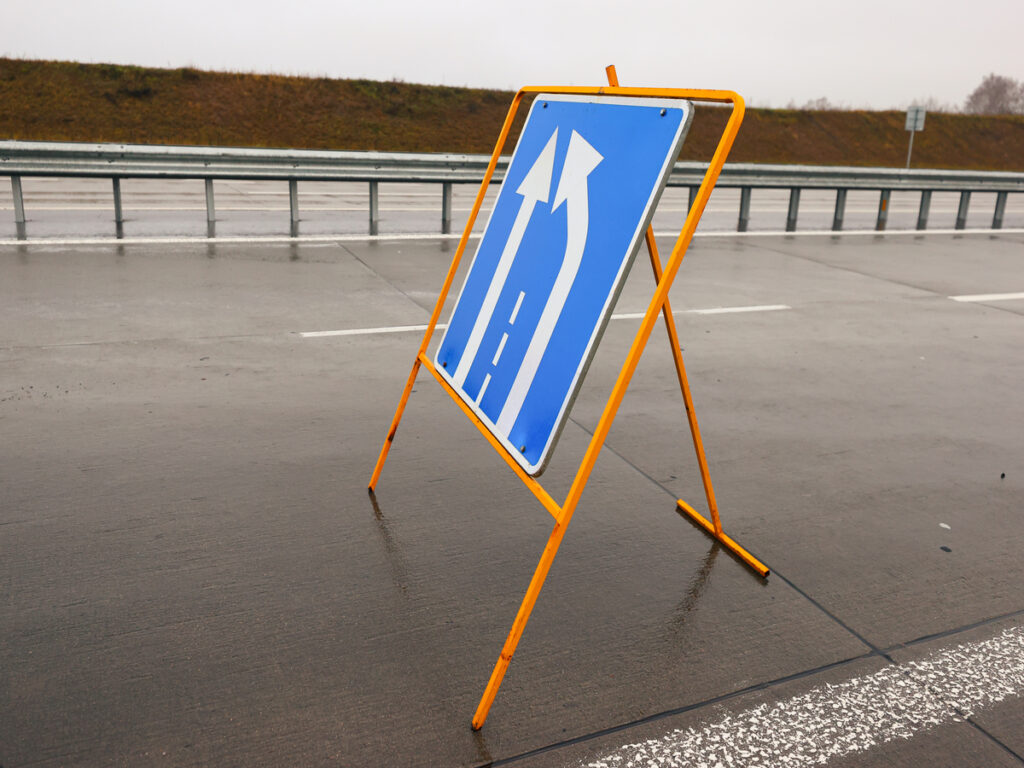
Правильный подставка дорожных знаков очень важно. Водителям нужны четкие признаки, чтобы сделать быстрый выбор на дороге. Исследования показывают, что драйверы, смотрящие на цифровую рекламу более двух секунд, с большей вероятностью будут разбиться. Сильные и хорошо расположенные рамы держат знаки безопасными и легко увидеть в любую погоду. С примерно 550,000 Знаки дорожного движения помогают водителям, Даже небольшие ошибки могут испортить движение и вызвать опасность.
Плохо установленные вывески могут наклониться или упасть., затрудняя их увидеть. Это может подвергнуть водителей риску и привести к авариям., Особенно в оживленных областях. Использование хороших методов установки гарантирует, что дорожные знаки будут полезны для управления дорожным движением..
Если вы хотите узнать больше об установке вывесок, не стесняйтесь проверить Выбор материала и методы монтажа для знаков безопасности движения: Что вам нужно знать.
Ключевые выводы
- Выберите правильный тип рамы для работы и местоположения вывески.. Подумайте о весе, погода, и как легко это увидеть.
- Внимательно осмотрите сайт, прежде чем устанавливать вывеску.. В целях безопасности убедитесь, что территория свободна и земля устойчива..
- Используйте правильные инструменты и носите защитное снаряжение во время работы.. Такие инструменты, как гаечные ключи и перчатки., плюс светоотражающая одежда, держать тебя в безопасности.
- Регулярно проверяйте рамки дорожных знаков и ухаживайте за ними.. Очистите их и устраните любые повреждения, чтобы водители могли их ясно видеть..
- Следуйте местным правилам и получите необходимые разрешения. Это обеспечивает безопасность вещей и позволяет избежать нарушения законов..
Выбор правильной рамки дорожного знака
Виды рамок для дорожных знаков
Существуют различные типы рамок для дорожных знаков.. Складные рамы легкие и отлично подходят для временных вывесок.. Их легко переносить и быстро устанавливать. Складные рамы с двумя подставками более устойчивы и подходят для вывесок большего размера.. Они хороши для мест со средней проходимостью.. Y-образные стойки прочны и служат долго. Они лучше всего подходят для ветреных мест или постоянных знаков.. Каждый тип рамы имеет свое назначение. Знание их особенностей поможет вам выбрать правильный вариант..
ОПТРАФИК предлагает широкий спектр дорожные знаки рамки и вывески на продажу, включая Многоцелевые рамки, двуногие складные рамы, и Y-стойки. Нужны ли вам временные или постоянные решения, Наша продукция разработана с учетом ваших потребностей и обеспечивает длительный срок службы.. Просмотрите наш выбор сегодня и найдите идеальную рамку и знак, чтобы ваши дороги были безопасными, а знаки - четкими..
Факторы, которые следует учитывать при выборе рамы
Выбор оправы – это больше, чем просто ее внешний вид. Подумайте, насколько хорошо он держит знак и легко ли его увидеть.. Водителям приходится замечать знаки издалека. Яркие цвета или светоотражающие знаки лучше привлекают внимание.. Предупреждающие знаки легче заметить и запомнить. Знакомый дизайн помогает водителям быстрее реагировать. Помните об этом, чтобы лучше разместить знак..
Совместимость с дорожными знаками и окружающей средой
Рамки должны соответствовать вывеске и окружающей среде.. В солнечных местах, рамы должны уменьшать блики для четкости знаков. В дождь или туман, светоотражающие знаки легче увидеть. В таблице ниже показано, как погода влияет на выбор кадра.:
| Категория состояния | Описание |
|---|---|
| Прямой солнечный свет | Яркому солнечному свету нужны оправы, уменьшающие блики.. |
| Нормальный дневной свет | Обычные кадры отлично работают при обычном дневном освещении.. |
| Дождь или туман | Светоотражающие знаки помогут в плохую погоду, например, дождь или туман.. |
| Рассвет или Сумерки | При слабом освещении нужны рамки для ярких или светоотражающих знаков.. |
Выбор правильной рамки для погоды сделает знаки полезными. Это помогает обеспечить безопасное движение и правильное размещение знаков..
Подготовка к установке знака
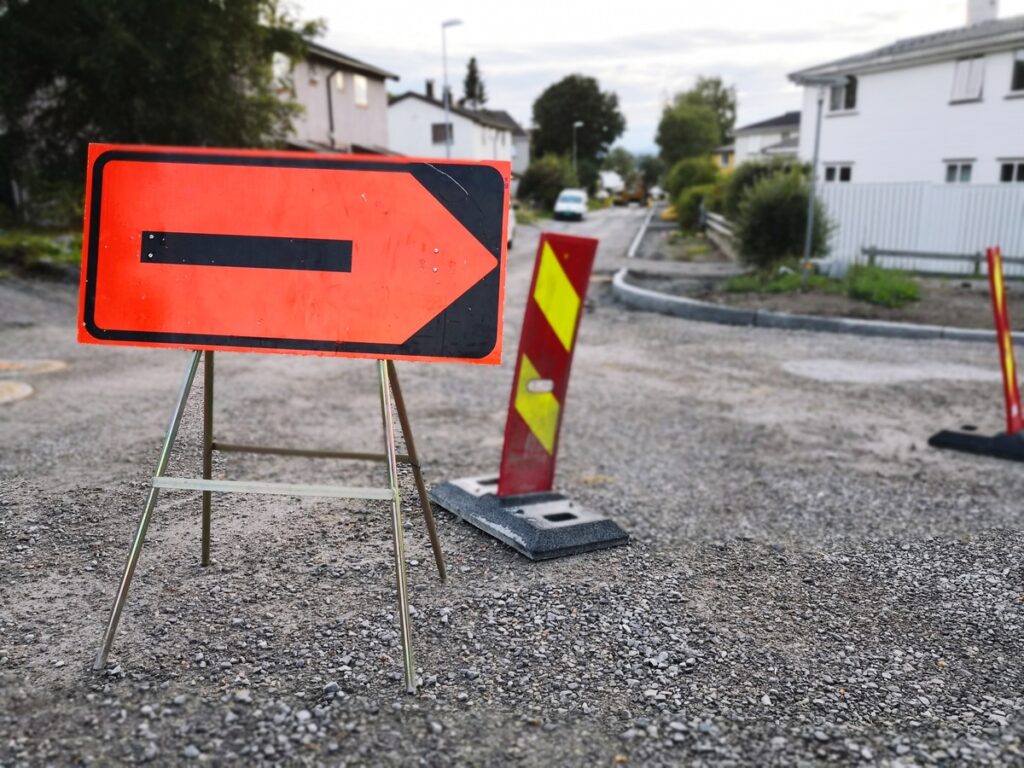
Проведение обследования сайта
Перед тем, как установить знаки, Тщательно проверьте область. Обследование территории поможет найти лучшее место для знака.. Посмотрите, как движется движение транспорта, и проверьте, будет ли легко увидеть знак.. Ищите места, где ничто не закрывает обзор знака..
Подумайте о типе знака, необходимого для этого района.. Надземные знаки должны быть 17 к 21 ноги высотой. Мачтовые указатели с названиями улиц обычно 16 к 19 ноги высотой. Часто устанавливаются таблички с названиями улиц на столбах. 9 к 10 ноги высотой. В таблице ниже показаны важные детали для различных знаков.:
| Тип знака | Ключевые детали |
|---|---|
| Надземные знаки | Распродажа 17-21 футов; максимум три панели; размер легенды варьируется. |
| Мачтовые таблички с названиями улиц | Высота 16-19 футов; размер легенды 6-10 дюймы; белый на зеленом. |
| Таблички с названиями улиц, монтируемые на столбах | Высота 9-10 футов; многие с 4-дюймовыми надписями; используются разные алфавиты. |
Используйте эту информацию, чтобы решить, насколько глубоким должен быть пост.. Проверьте, нужна ли дополнительная поддержка. Хорошая съемка позволяет знакам оставаться устойчивыми и легко видимыми в любых условиях..
Необходимые инструменты и оборудование
Для правильной установки знаков вам нужны правильные инструменты.. Основные инструменты, такие как гаечные ключи, отвертки, и уровни важны. Это поможет вам затянуть детали и убедиться, что рама прямая.. Для тяжелых знаков, вам могут понадобиться краны или дополнительные вспомогательные инструменты.
Защитное снаряжение также очень важно. Надевайте перчатки, чтобы защитить руки, и очки, чтобы защитить глаза.. Светоотражающая одежда поможет другим увидеть вас, особенно ночью или в оживленных местах.
Составьте контрольный список инструментов, чтобы ничего не забыть. Наличие всего готового делает работу быстрее и безопаснее.
Safety precautions during installation
Safety steps are important to keep everyone safe during the job. Носите перчатки, glasses, and reflective clothes to stay protected and visible.
Place the sign away from busy traffic lanes if possible. If you must work near traffic, use cones or barriers to make a safe zone. Always stay aware of your surroundings to avoid accidents.
Check the ground before setting up the frame. Soft or uneven ground might need extra support to keep the frame steady. Follow all safety rules to make sure the sign stays secure and visible, даже в жестких условиях.
Кончик: Check all bolts and connections to stop the frame from falling or leaning. A steady frame helps keep traffic safe and organized.
Пошаговое руководство по установке
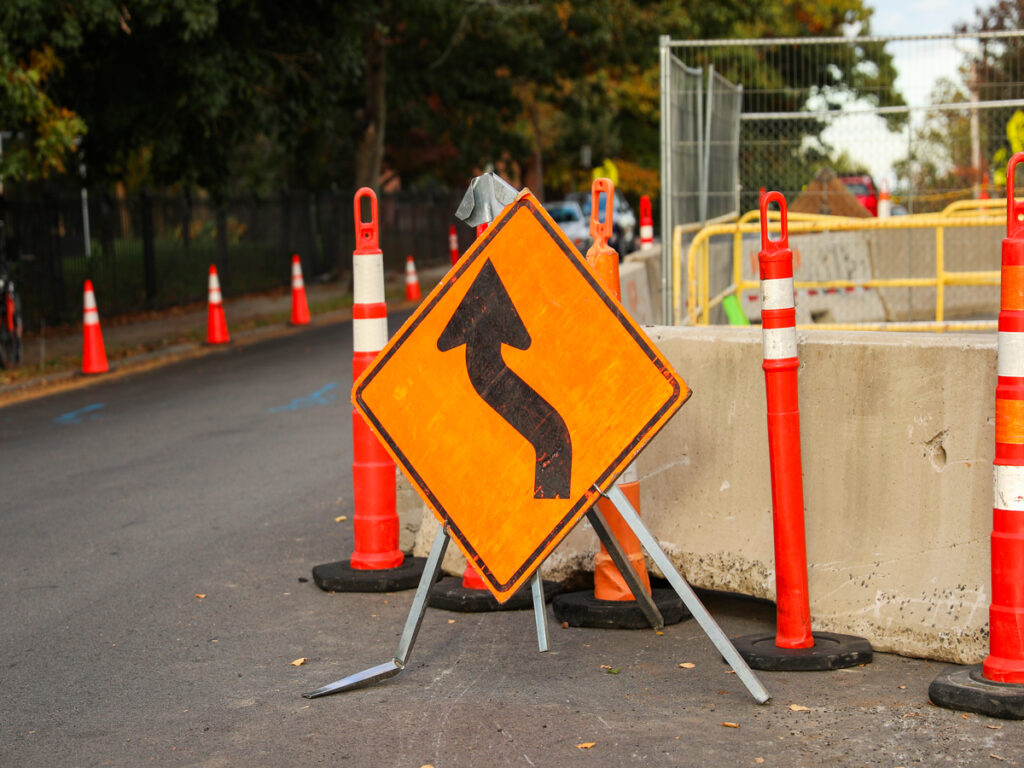
Picking the right spot for the sign
Choosing where to put the sign is very important. Знак должен быть легко виден водителям и полезен для дорожного движения.. Начните с изучения местности. Наблюдайте за тем, как движутся автомобили, и находите места, где знаки нужны больше всего. Занятые перекрестки, живописные дороги, и узкие тропы часто нуждаются в четких указателях. Посчитайте перекрестки и проверьте, насколько они заняты.. Это поможет вам выбрать лучшее место для знака..
Подумайте, какой высоты должен быть знак. Верхние знаки должны быть достаточно высокими, чтобы под ними могли проехать грузовые автомобили.. Установленные на столбах знаки должны находиться на уровне глаз водителей.. Убедитесь, что ничто не загораживает знак, как деревья или здания. Размещение знака в правильном месте помогает водителям быстрее его увидеть и понять..
Кончик: Проверьте землю в выбранном вами месте.. Soft or uneven ground might need extra support to keep the frame steady.
Построение системы поддержки
После выбора места, настроить систему поддержки. Тип опоры зависит от размера вывески., масса, и погодные условия. Складные ножки хорошо подходят для небольших, временные знаки. Складные ножки-двойки прочнее и подходят для больших знаков в зонах со средней проходимостью.. Y-образные стойки самые прочные и лучше всего подходят для ветреных или постоянных установок..
Шаги по созданию системы поддержки:
- Поместите рамку туда, где будет стоять знак..
- Отрегулируйте ножки, чтобы рама стояла прямо..
- Используйте уровень, чтобы проверить ровность рамы..
- Для Y-стойок, убедитесь, что обе ноги разделяют вес. Для двуногих ножек, надежно зафиксируйте их на месте.
Прочная система поддержки обеспечивает устойчивость рамы.. Это предотвращает падение или наклон знака., что позволяет легко видеть в любую погоду.
Крепление рамки и вывески
Как только система поддержки будет готова, закрепите рамку и добавьте табличку. Закрепите раму на опорной системе с помощью таких инструментов, как гаечные ключи и отвертки.. Это предотвращает перемещение или падение рамы..
Следующий, прикрепить вывеску к рамке. Выровняйте его так, чтобы он выглядел прямым и его было легко читать.. Используйте кронштейны или зажимы, входящие в комплект рамы, чтобы крепко удерживать знак.. Убедитесь, что знак не сдвинется, даже при сильном ветре или дожде.
Окончательно, протестировать настройку. Аккуратно нажмите на раму, чтобы проверить ее устойчивость.. Посмотрите на знак под разными углами, чтобы убедиться, что он понятен.. Хорошая установка означает, что знак остается безопасным и легко читаемым для водителей..
Примечание: Часто проверяйте раму и подписывайте ее после установки.. Это гарантирует, что они останутся безопасными и полезными в течение долгого времени..
Тестирование стабильности и видимости
Проверка стабильности и видимости вашего рамка дорожного знака важно. После установки знака, проверить, насколько хорошо он работает в реальных условиях. Выполните следующие действия, чтобы убедиться, что это безопасно и легко увидеть.:
- Проверьте положение знака: Убедитесь, что знак расположен правильно. Он должен показывать важные детали, например ограничения скорости или предупреждения, и ничего не блокирует это. Водители должны четко читать текст с безопасного расстояния..
- Проверьте прочность рамы: Аккуратно нажмите или встряхните раму, чтобы проверить, движется ли она.. Прочная рама должна оставаться устойчивой и не раскачиваться..
- Попробуйте другую погоду и освещение: Посмотрите, как вывеска выглядит при солнечном свете, туман, или слабое освещение. Светоотражающие знаки должны оставаться четкими, даже когда темно или облачно..
- Запишите проблемы: Если знак кривый, свободный, или трудно увидеть, обратите внимание на эти проблемы. Исправьте их как можно скорее.
Примечание: Тестирование помогает убедиться, что знак ясен, безопасный, и сильный. Раннее устранение проблем обеспечивает безопасность водителей.
Также, внимательно проверьте раму и ее части. Используйте этот список, чтобы убедиться, что все в порядке.:
- Затяните все винты и болты.
- Ищите трещины или повреждения на раме..
- Отрегулируйте высоту или угол знака, если его плохо видно..
Тестирование установки вывески гарантирует, что она останется прочной и заметной.. Это обеспечивает безопасность водителей и помогает им доверять информации на знаке..
Обеспечение соответствия во время установки
Понимание правил и стандартов
Соблюдение правил при установке знаков обеспечивает безопасность и порядок на дорогах.. Дорожные знаки должны соответствовать определенным правилам для правильной работы.. Например, правила требуют проверки и улучшения сигналов светофора возле железнодорожных переездов. Срок выполнения этих обновлений составляет 10 лет., например, добавление более качественных сигналов. Эти правила показывают, почему соблюдение стандартов важно для безопасности и бесперебойного движения транспорта..
Узнайте о местных и национальных правилах, как те, кто в Руководство по однородным устройствам управления движением (Mutcd). Благодаря этим правилам знаки выглядят одинаково и их легко понять водителям.. Следуя за ними, вы избегаете проблем с безопасностью и соответствуете требованиям законодательства.
Получение необходимых разрешений
Перед установкой знаков, получить необходимые разрешения. Местные органы власти решают, где и как можно размещать знаки. Разрешения гарантируют, что ваш проект соответствует законам зонирования и планам дорожного движения.. Без них, вам могут грозить штрафы или вам придется убрать знак.
Чтобы получить разрешения, свяжитесь с местным транспортным офисом. Поделитесь подробностями о местонахождении знака, цель, и дизайн. Этот шаг гарантирует, что ваш знак соответствует потребностям сообщества и соответствует закону.. Сохраняйте копию разрешений на объекте во время установки..
Соблюдение требований после установки
Соблюдение правил не прекращается после установки знака. Регулярные проверки обеспечивают хорошую работу знаков и соответствие стандартам.. Ищите повреждение, носить, or problems with visibility. Fix or replace parts as needed to keep the sign useful.
Stay updated on rule changes. Например, Оша found that compliance costs could reach $1,648 per crew in tough cases. These costs show why staying compliant is important to avoid fines and keep roads safe. By maintaining your signs and following new rules, you help create safer roads and better traffic flow.
Кончик: Write down all maintenance and checks. This record proves you follow the rules if asked by authorities.
Maintenance Tips for Road Sign Frames
Cleaning and visibility checks
Keeping road sign frames clean helps them stay clear and useful. Regular cleaning removes dirt and grime that can block the sign. Check signs every two years, depending on your area. Nighttime checks are important to see how visible signs are in the dark. Выполняйте эти проверки через час после захода солнца или до восхода солнца в полной темноте..
Вот несколько советов, как сделать знаки видимыми:
- Убедитесь, что цвета на знаке хорошо видны днем и ночью..
- Проверьте отражающую поверхность, чтобы убедиться, что она соответствует стандартам безопасности..
- Очистите рамку и подпись мягким мылом и водой.. Избегайте сильных химикатов, которые могут повредить материалы..
Кончик: Часто очищайте знаки, чтобы водители могли их четко читать в любых условиях..
Проверка на наличие повреждений или износа
Регулярные проверки помогают обнаружить проблемы до того, как они усугубятся.. Используйте контрольный список, чтобы просмотреть важные части кадра. В таблице ниже показаны распространенные проблемы и почему проверки полезны.:
| Зона проверки | Обнаружены распространенные проблемы | Почему проверки помогают |
|---|---|---|
| Днище | Ржавчина и коррозия | Останавливает распространение ржавчины |
| Выхлопная система | Утечки | Повышает безопасность |
| Тормозные магистрали | Изношенные детали | Экономит деньги с течением времени |
| Топливопроводы | Повреждать | Сохраняет высокую производительность |
| Рамка | Трещины или изгибы | Продлевает срок службы рамы |
Проверка этих областей обеспечивает прочность рамы и безопасность знака.. Ищите ржавчину, свободные болты, или трещины. Раннее устранение этих проблем сэкономит время и деньги в дальнейшем..
Ремонт или замена компонентов
Если во время проверок вы обнаружили повреждения, Исправьте это быстро. Затяните ослабленные болты и замените сломанные кронштейны, чтобы рама оставалась устойчивой.. Если на раме много ржавчины или трещин, замени его, чтобы оставаться в безопасности.
Выполните следующие действия для правильного ремонта.:
- Аккуратно снимите табличку, чтобы не повредить еще больше..
- Заменить сломанные детали, как кронштейны или ножки, с соответствующими.
- Надежно установите знак обратно, убедившись, что оно подходит к рамке.
Примечание: Всегда используйте детали хорошего качества, чтобы рама оставалась прочной.. Регулярный уход и быстрый ремонт продлевают срок службы рамок дорожных знаков и повышают безопасность дорожного движения..
Правильная установка знаков – залог безопасности на дорогах. Выбор правильного кадра, следующие четкие шаги, и соблюдение правил продлевает срок службы вывесок и делает их более заметными.. Проверка и фиксация рамок часто обеспечивают их надежную работу, а знаки легко читаются.. Следуя этим советам, вы помогаете сделать дороги безопаснее и плавнее движение.
Кончик: Сосредоточьтесь на том, чтобы знаки были устойчивыми и четкими для достижения наилучших результатов..
Часто задаваемые вопросы
1. Какие инструменты нужны для установки рамок дорожных знаков?
Вам нужны основные инструменты, такие как гаечные ключи., отвертки, и уровни. Для более тяжелых знаков, могут потребоваться краны или дополнительные вспомогательные инструменты. Защитное снаряжение, включая перчатки, glasses, и светоотражающая одежда, обеспечивает защиту во время установки.
2. Как выбрать правильную опорную систему для рамок дорожных знаков??
Выбирайте по размеру вывески, масса, и местоположение. Складные ножки подходят для световых вывесок.. Складные ножки Bi-Pod обеспечивают большую устойчивость при среднем трафике.. Y-образные стойки обеспечивают максимальную поддержку при ветреных или постоянных установках..
3. Как обеспечить видимость рамок дорожных знаков в ночное время??
Используйте светоотражающие знаки и регулярно их чистите.. Проверьте видимость через час после захода солнца или перед восходом солнца.. Убедитесь, что положение рамы позволяет водителям четко видеть знак на расстоянии..
4. Что следует проверить во время обследования объекта?
Ищите четкую видимость, стабильная земля, и схемы транспортных потоков. Убедитесь, что никакие деревья или здания не загораживают знак.. Измерьте высоту, необходимую для подвесных или столбовых знаков, в зависимости от требований местности..
5. Как часто нужно проверять рамки дорожных знаков?
Проверяйте каждые два года или раньше, если знаки указывают на суровую погоду.. Проверьте на наличие ржавчины, свободные болты, или трещины. Регулярное техническое обслуживание обеспечивает прочность рам и читаемость знаков..


